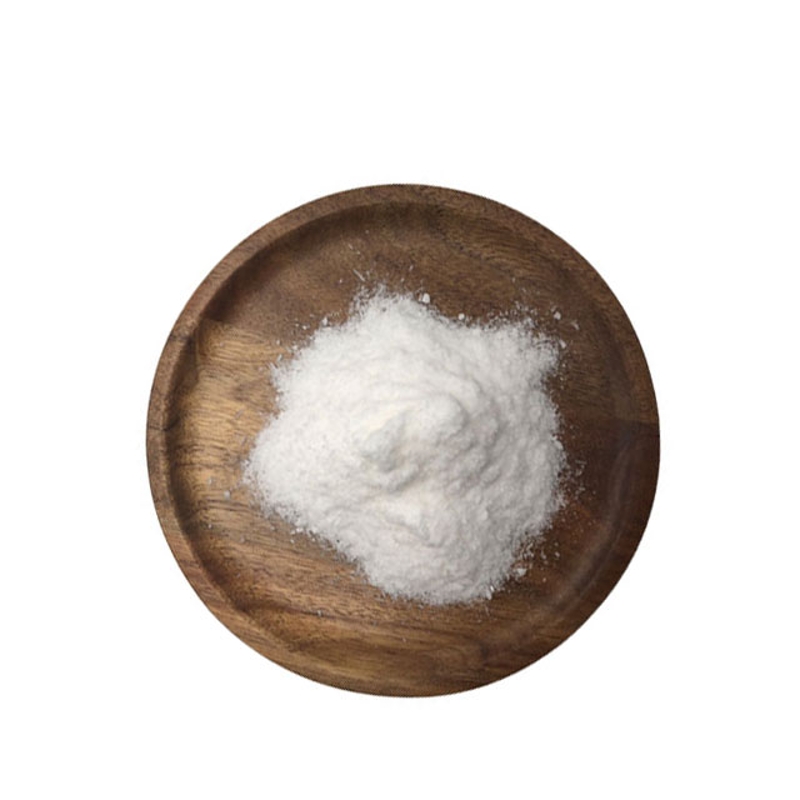-
Categories
-
Pharmaceutical Intermediates
-
Active Pharmaceutical Ingredients
-
Food Additives
- Industrial Coatings
- Agrochemicals
- Dyes and Pigments
- Surfactant
- Flavors and Fragrances
- Chemical Reagents
- Catalyst and Auxiliary
- Natural Products
- Inorganic Chemistry
-
Organic Chemistry
-
Biochemical Engineering
- Analytical Chemistry
- Cosmetic Ingredient
-
Pharmaceutical Intermediates
Promotion
ECHEMI Mall
Wholesale
Weekly Price
Exhibition
News
-
Trade Service
Since the outbreak of COVID-19 in December 2019, the epidemic has spread to 235 countries and regions around the world.
With the increase in patients discharged from the hospital, studies have gradually found that some patients have tested positive for nucleic acid again after discharge (Fuyang), which has triggered various questions from the public about Fuyang patients: Is the discharge standard too loose? The reason for the patient's recovery? Is the patient re-infected? Are Fuyang patients contagious? On April 17, 2021, the team from the Center for Evidence-Based and Translational Medicine of Zhongnan Hospital of Wuhan University published a paper titled: A systematic review and meta-analysis of discharged COVID-19 patients retesting positive for RT-PCR in the journal EClinicalMedicine, a subsidiary of Lancet .
Discussed the above-mentioned problems.
The study included 117 studies from 9 countries, a total of 19,795 discharged COVID-19 patients, including 2669 Fuyang patients.
Summarized the characteristics of patients with Fuyang and the risk factors for Fuyang, calculated the rate of Fuyang, evaluated the published systematic reviews and reviews related to COVID-19 patients with Fuyang, discussed and analyzed the risk factors and possibilities of Fuyang s reason.
It is hoped that through this systematic review, the public and medical staff's understanding, diagnosis and management of Fuyang patients will be improved.
The results of the study found that most patients with Fuyang had mild or asymptomatic symptoms.
CT imaging showed that the lung lesions were improved or not worsened compared with the first admission, the viral load was low, and one patient developed a live virus.
, One patient infected his close contacts.
In 43 studies that met the Meta-analysis, a total of 17,774 discharged patients had a rejuvenation rate of 12.
2%.
A subgroup analysis found that the rejuvenation rate for men was 12.
1% and that for women was 12.
3%.Severe condition of the first hospitalization, advanced age and comorbidities are the risk factors for re-yang.
The article discusses the reasons why patients may recover their yang: one is that the nucleic acid test is false negative when they are discharged from the hospital, and the other is that the virus is not completely eliminated; at the same time, it is also found that some patients may be infected again after being discharged from the hospital.
Therefore, it is recommended that patients still need to pay attention to personal protection after discharge to reduce the possibility of re-infection and infection.
This article also has some limitations: first, most of the studies are from China and are single-center observational studies; second, the quality of most studies is not high; third, because the relevant data cannot be extracted and merged, the age and severity of the disease are not evaluated.
And comorbidities for subgroup analysis.
Therefore, more high-quality research is needed to provide evidence for the development of effective measures to prevent and control the occurrence of Fuyang.
Associate Professor Jin Yinghui and Professor Zeng Xiantao from the Center for Evidence-Based and Translational Medicine of Zhongnan Hospital of Wuhan University, and Professor Yao Xiaomei from McMaster University in Canada are the co-corresponding authors.
The center and Henan University co-trained master graduate students Ren Xiangying and Henan University of Traditional Chinese Medicine co-trained masters Graduate student Ren Xiangge is the co-first author; the fellows of the center are co-authors.
Link to the paper: is open for reprint
With the increase in patients discharged from the hospital, studies have gradually found that some patients have tested positive for nucleic acid again after discharge (Fuyang), which has triggered various questions from the public about Fuyang patients: Is the discharge standard too loose? The reason for the patient's recovery? Is the patient re-infected? Are Fuyang patients contagious? On April 17, 2021, the team from the Center for Evidence-Based and Translational Medicine of Zhongnan Hospital of Wuhan University published a paper titled: A systematic review and meta-analysis of discharged COVID-19 patients retesting positive for RT-PCR in the journal EClinicalMedicine, a subsidiary of Lancet .
Discussed the above-mentioned problems.
The study included 117 studies from 9 countries, a total of 19,795 discharged COVID-19 patients, including 2669 Fuyang patients.
Summarized the characteristics of patients with Fuyang and the risk factors for Fuyang, calculated the rate of Fuyang, evaluated the published systematic reviews and reviews related to COVID-19 patients with Fuyang, discussed and analyzed the risk factors and possibilities of Fuyang s reason.
It is hoped that through this systematic review, the public and medical staff's understanding, diagnosis and management of Fuyang patients will be improved.
The results of the study found that most patients with Fuyang had mild or asymptomatic symptoms.
CT imaging showed that the lung lesions were improved or not worsened compared with the first admission, the viral load was low, and one patient developed a live virus.
, One patient infected his close contacts.
In 43 studies that met the Meta-analysis, a total of 17,774 discharged patients had a rejuvenation rate of 12.
2%.
A subgroup analysis found that the rejuvenation rate for men was 12.
1% and that for women was 12.
3%.Severe condition of the first hospitalization, advanced age and comorbidities are the risk factors for re-yang.
The article discusses the reasons why patients may recover their yang: one is that the nucleic acid test is false negative when they are discharged from the hospital, and the other is that the virus is not completely eliminated; at the same time, it is also found that some patients may be infected again after being discharged from the hospital.
Therefore, it is recommended that patients still need to pay attention to personal protection after discharge to reduce the possibility of re-infection and infection.
This article also has some limitations: first, most of the studies are from China and are single-center observational studies; second, the quality of most studies is not high; third, because the relevant data cannot be extracted and merged, the age and severity of the disease are not evaluated.
And comorbidities for subgroup analysis.
Therefore, more high-quality research is needed to provide evidence for the development of effective measures to prevent and control the occurrence of Fuyang.
Associate Professor Jin Yinghui and Professor Zeng Xiantao from the Center for Evidence-Based and Translational Medicine of Zhongnan Hospital of Wuhan University, and Professor Yao Xiaomei from McMaster University in Canada are the co-corresponding authors.
The center and Henan University co-trained master graduate students Ren Xiangying and Henan University of Traditional Chinese Medicine co-trained masters Graduate student Ren Xiangge is the co-first author; the fellows of the center are co-authors.
Link to the paper: is open for reprint







